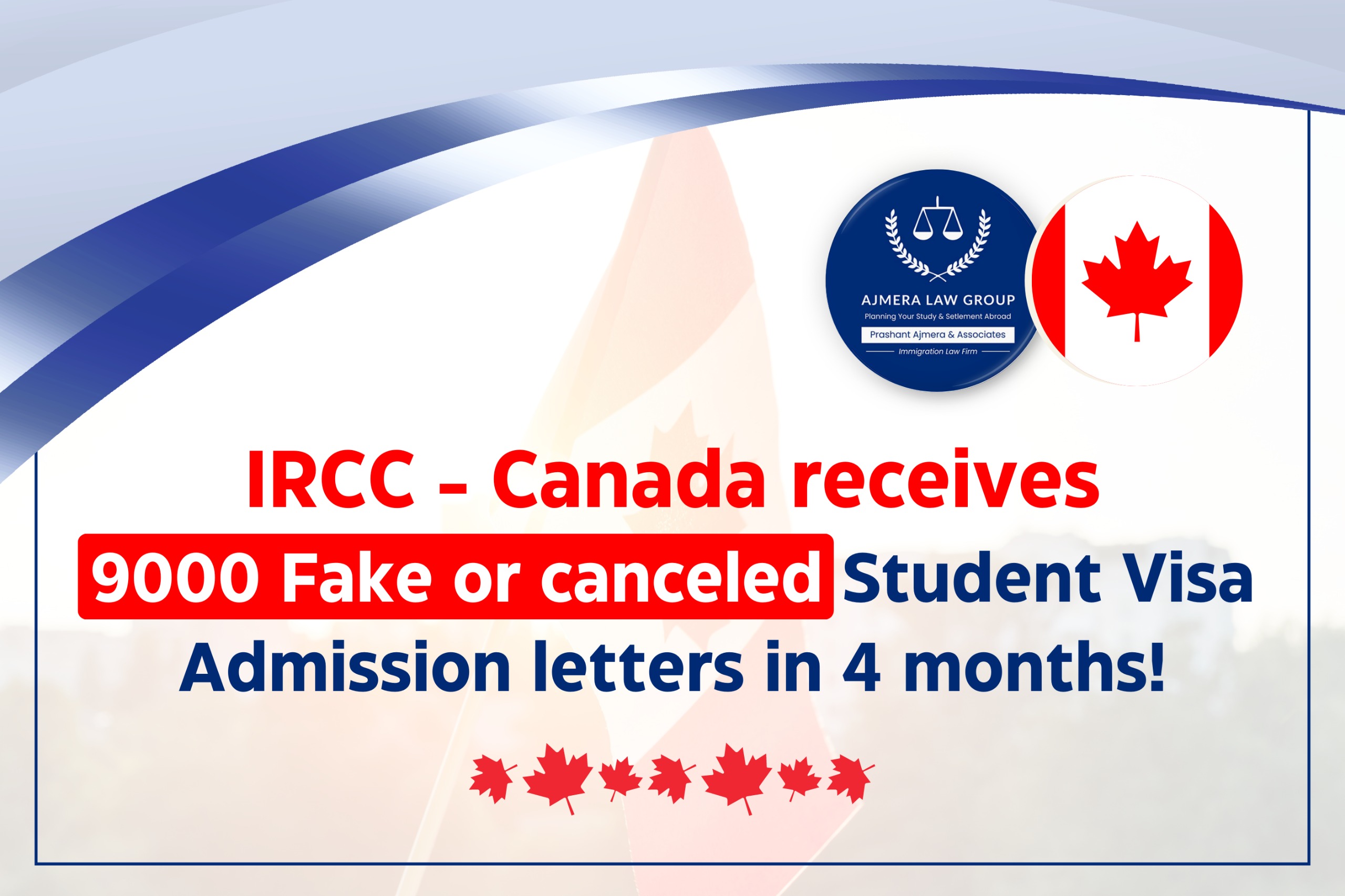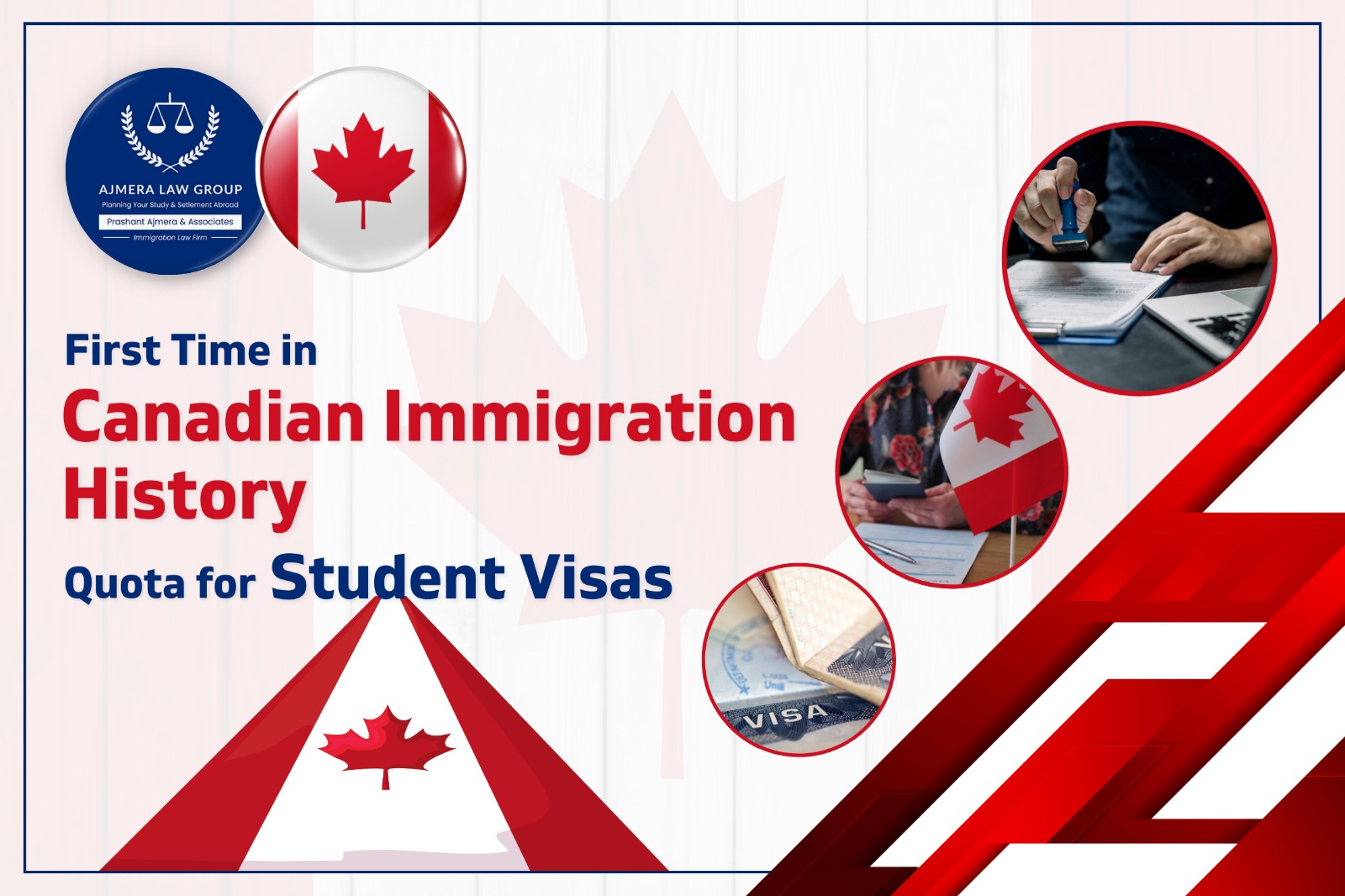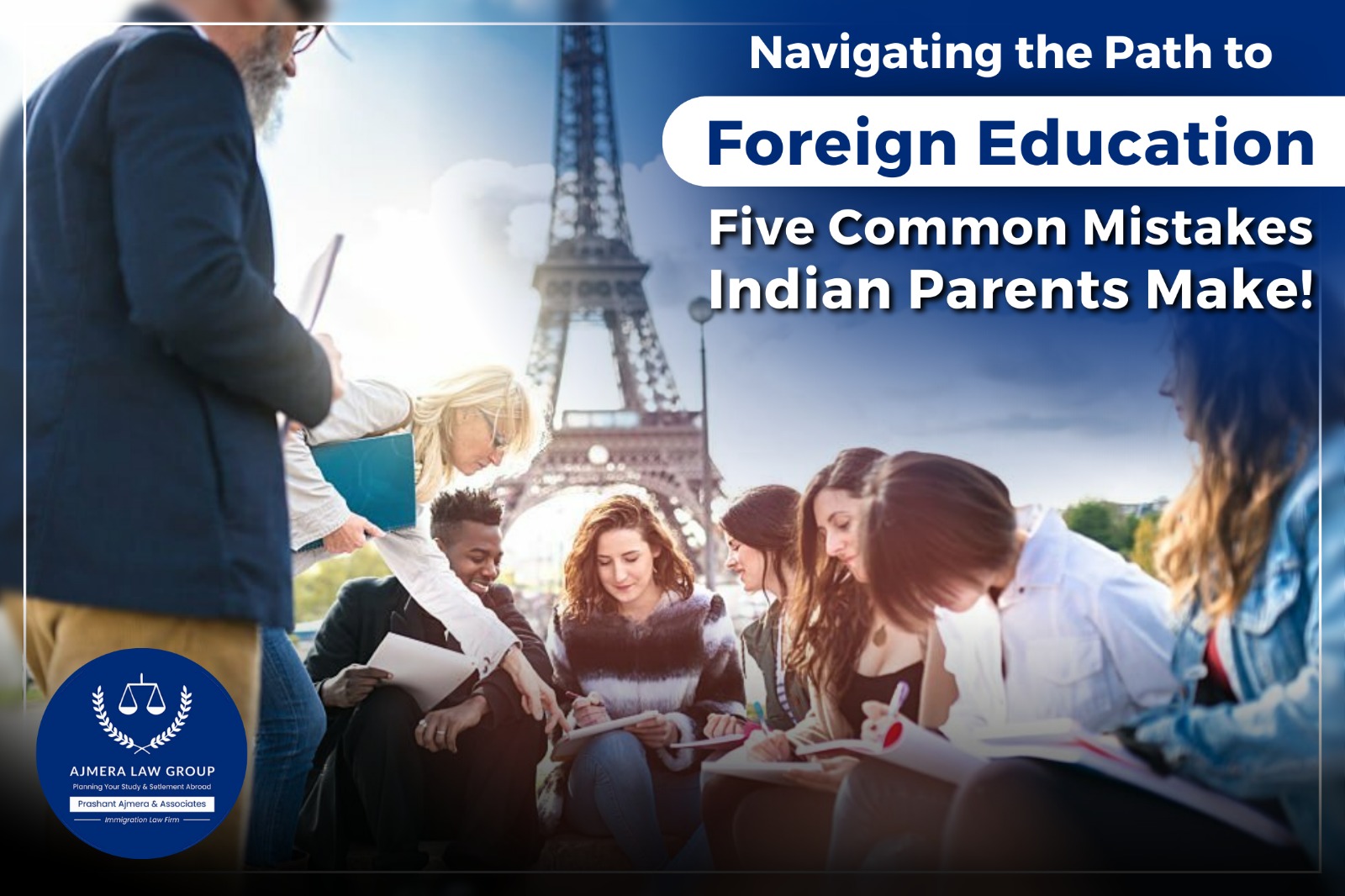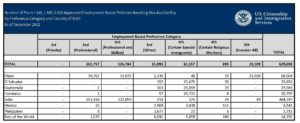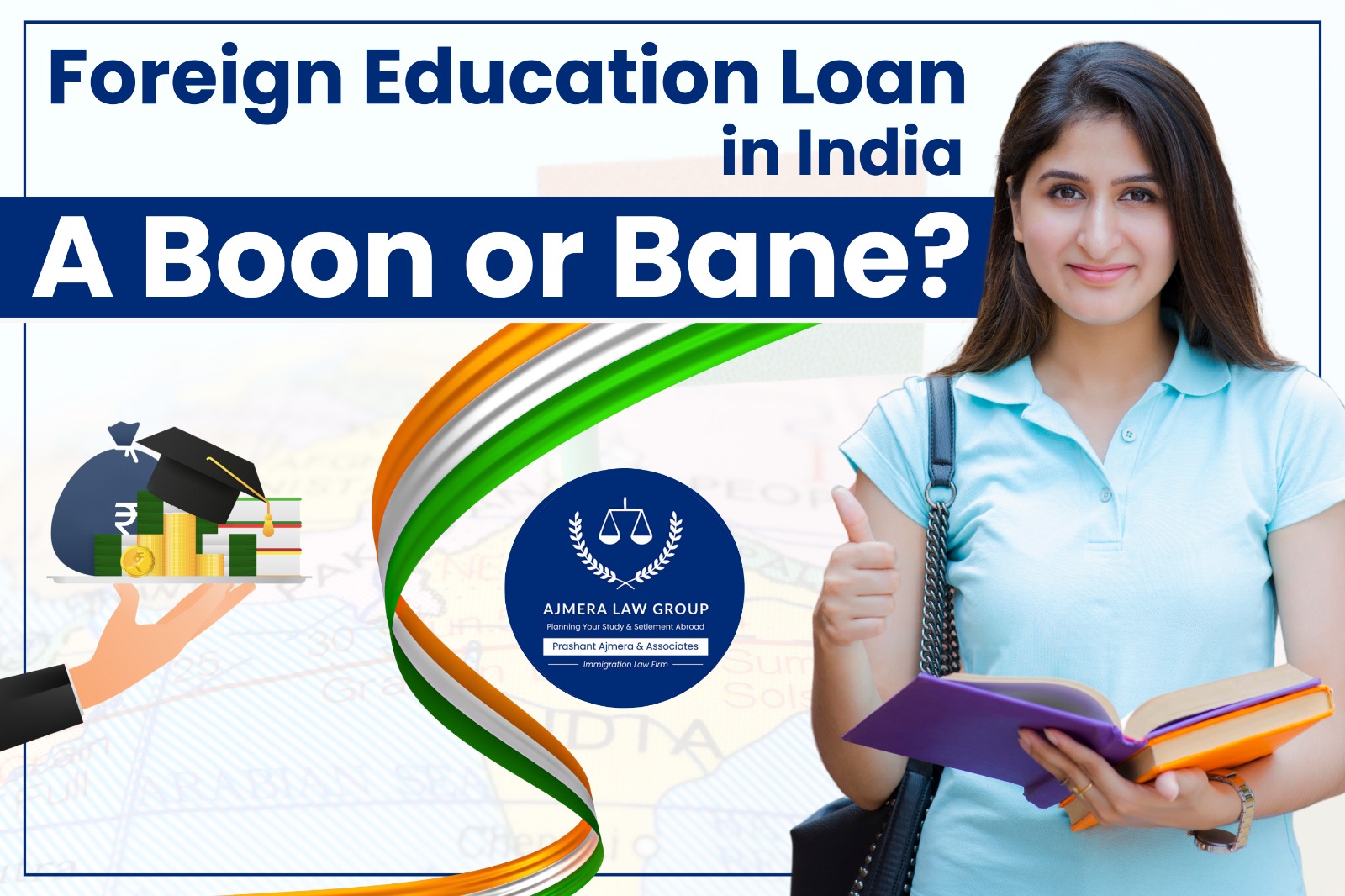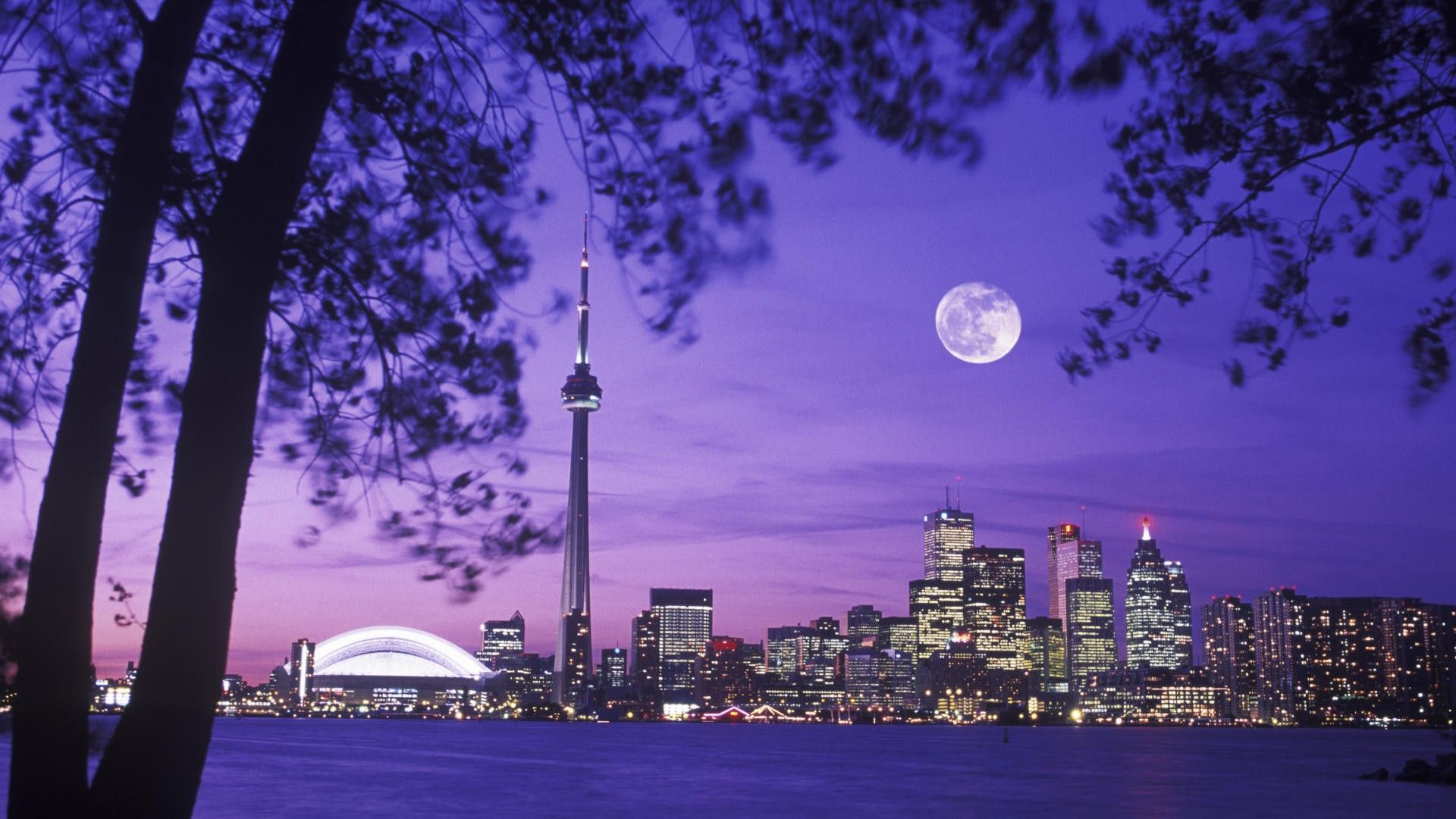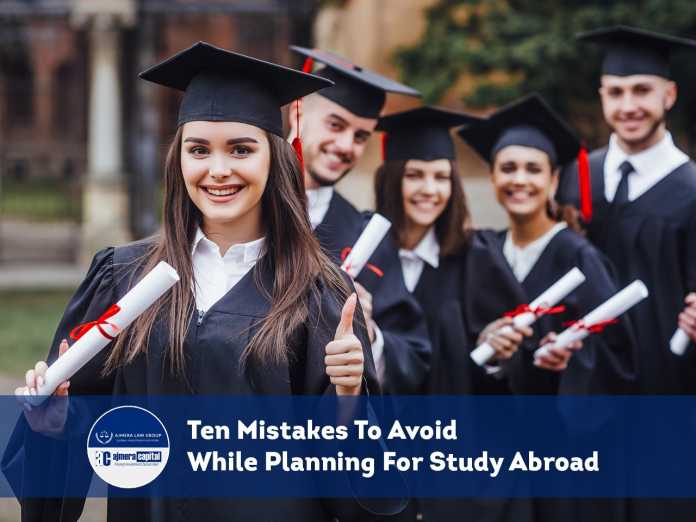IRCC – Canada immigration department receives 9000 fake or canceled student visa admission letters in 4 months!
In recent months Canada made several changes to their student visa rules including a limited number of students that can be admitted to Canada under student visa rules.
Here are some major changes!
- As of 24th April 2024 – Canadian students cannot work more than 20 hours outside the campus and from September 2024, off-campus working hours will be 24 per week.,
- Recent studies conducted in the US and Canada have shown that there is a considerable decline in academic performance for students working more than 28 hours per week and that working more than 24 hours per week increases the chances that a student will drop out of their program.
- Most countries that welcome international students set limits on the number of hours they may work while they study. Australia recently changed its policy to allow a student to work 48 hours every 2 weeks. In the US, students must meet additional criteria before being permitted to work off campus at all.
- In December 2023, the Government of Canada raised the cost-of-living threshold that students must meet to be approved for a study permit so they are financially prepared for life in Canada and are not as dependent on working. For 2024, a single applicant will need to show they have $20,635, representing 75% of LICO, in addition to their first year of tuition and travel costs. This change will apply to new study permit applications received on or after January 1, 2024.
- International students who begin a college program delivered through a public-private curriculum licensing arrangement on or after May 15, 2024, will not be eligible for a post-graduation work permit when they graduate. Those who already started this type of program prior to May 15, 2024, will still be able to access a post-graduation work permit, provided they meet all other criteria.
- The new letter of acceptance (LOA) verification process has been a success. Since its launch on December 1, 2023, through April 1, 2024, IRCC has
- received almost 162,000 LOAs for verification
- confirmed nearly 142,000 LOAs as valid directly with designated learning institutions (DLIs)
- identified almost 9,000 LOAs that didn’t match any LOA issued by a DLI or that the DLI had already cancelled before the foreign national applied for a study permit
- For 2024, the cap is expected to result in approximately 360,000 approved study permits, a decrease of 35% from 2023. In the spirit of fairness, individual provincial and territorial caps have been established, weighted by population, which will result in much more significant decreases in provinces where the international student population has seen the most unsustainable growth.
- Starting September 1, 2024, international students who begin a study program that is part of a curriculum licensing arrangement will no longer be eligible for a post-graduation work permit upon graduation. Under curriculum licensing agreements, students physically attend a private college that has been licensed to deliver the curriculum of an associated public college. These programs have seen significant growth in attracting international students in recent years, though they have less oversight than public colleges and they act as a loophole with regards to post-graduation work permit eligibility.
- Graduates of master’s degree programs will soon be eligible to apply for a 3-year work permit. Under current criteria, the length of a post-graduation work permit is based solely on the length of an individual’s study program, hindering master’s graduates by limiting the amount of time they have to gain work experience and potentially transition to permanent residence.
- The open work permits will only be available to spouses of international students in master’s and doctoral programs. The spouses of international students in other levels of study, including undergraduate and college programs, will no longer be eligible.
Many more changes are expected in the coming weeks and months regarding Canada’s student visa and immigration rules.
I do not see these as strict rules, but rather as measures designed for students who wish to come to Canada to study and possibly settle there. However, due to the growing number of student visa applications and concerns about the quality of students coming to Canada, the government has realized that many students are not serious about their studies but are instead coming to work off-campus and earn money.
The reality is that these students are working off-campus in minimum-wage jobs, and due to taxation and the high cost of living, they can barely meet their living expenses, let alone save money or send it back home to pay off student loans.
These foreign students often arrive in Canada after completing the 12th grade or a bachelor’s degree, having never worked in their home country and lacking job skills, with a bare minimum knowledge of English, and unrealistic expectations of getting high-paying jobs.
My opinion is echoed in the Canadian immigration minister’s one of the press notes.
“Working off campus helps international students gain work experience and offset some of their expenses. As international students arrive in Canada, we want them to be prepared for life here and have the support they need to succeed. However, first and foremost, people coming to Canada as students must be here to study, not work. We will continue working to protect the integrity of our student program.”
– The Honourable Marc Miller, Minister of Immigration, Refugees and Citizenship
In conclusion:
Hurry hurts. Coming to Canada for higher studies is a serious and life-changing experience, and the only way to truly benefit is by planning carefully, gathering comprehensive information, and consulting with university career counselors, official online resources, and immigration lawyers if necessary.
If you are using a student visa with the primary intention of working and earning money to build your life, you are likely in for a shock upon arriving in Canada.


